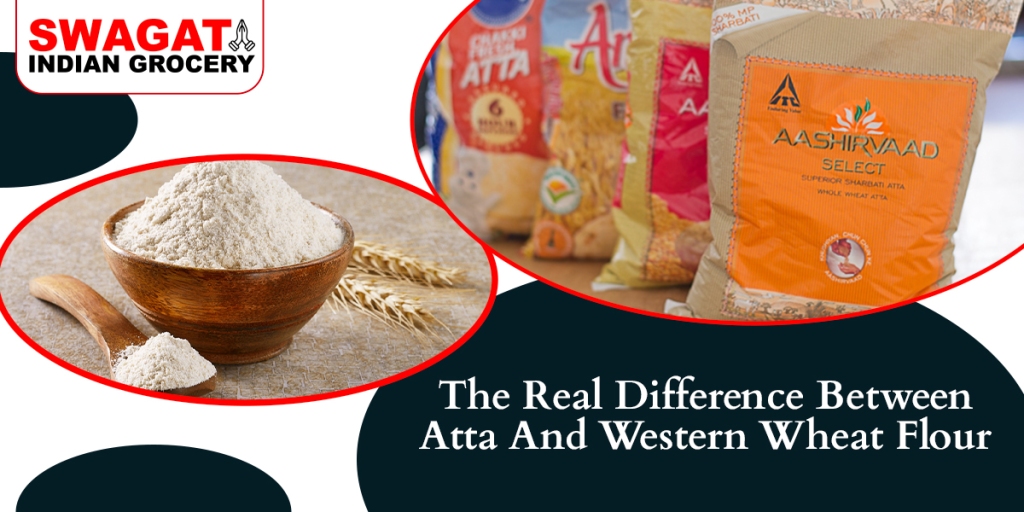The aestivum species of wheat, which people worldwide utilize to make excellent bread, is found in India and is high in protein. So whole wheat loaves of bread should be effective in India. Why is the Atta flour so brittle and dense? The exact recipe would result in terrible loaves if you were baking good 100% whole wheat bread and then switching to western wheat flour. The flour is to blame for this defective bread. Western wheat flour and Atta are not equivalent and will not perform similarly when used in the notoriously picky process of baking bread.
Let us start with wheat. There are six main kinds of grain in the US, and our “whole wheat” blends often consist of “hard red” or “hard white” wheat (via KS Wheat, Master Class, and Bread Experience). The term “hard” relates to how hard the wheat kernel itself is. Hard wheat typically produces more gluten and protein, resulting in chewier bread (via KS Wheat and Master Class). In contrast to white flour, which only utilizes the endosperm and leaves the outer bran and inner germ out, “whole” wheat refers to the usage of all components of the wheat kernel.
It all has to do with the distinct milling method used in India that is different from that used everywhere in the world. Let’s first comprehend the process of Indian milling.
The milling procedure:
Chakkis, or stone mills, are used in India to grind wheat into flour. A pair of stones, one of which is stationary and the other of which rotates, make up a chakki. Stone mills produce much heat as a result of friction. What is referred to as starch damage is caused by heat. Compared to other grinding methods, it also causes the protein to be significantly damaged. For the Chapati/texture Roti’s and flavor, chakki atta wheat flour is recommended over roller mill atta (flat bread of India). The wheat flour used to make Indian Atta flour is exceptionally finely ground. Chakki is the most recommended method of milling for Indian bread, and it works incredibly well for manufacturing Indian flatbread.
Indian flatbreads benefit from the additional sweetness released during stone grinding, which slightly burns the starch to enhance flavor. Heat is produced throughout both milling processes. Roller mills produce more heat than chakki, which results in the loss of some nutrients and vitamins. However, because it reduces the flour to tiny fragments, it causes less harm to the protein and starch in flour. However, Chakki modifies the starch (the force is excellent), which is ideal for Indian bread like chapati and Roti but bad for manufacturing western bread.
Tell us the differences between wheat flour and Atta.
· Definition
Unlike conventional wheat flour, which is processed by grinding the wheat kernel after the germ and bran have been removed, whole wheat atta is made by ensuring that the wheat grain’s bran is left on throughout the grinding process, retaining its fiber content.
· Major component
Because the endosperm makes up most of the regular wheat flour, it lacks essential nutrients like fiber and proteins present in whole atta wheat flour.
· Nutrient Concentration
Compared to standard wheat flour, atta flour has more fiber.
Procedure for Processing
- In contrast to atta flour, which is often stone-ground into an excellent powder, wheat flour is milled using steel rollers.
- Wheat Flour refers to extremely popular flour produced after grinding certain excluded content, whereas Atta refers to very popular flour made after grinding whole wheat content.
- Wheat flour has a comparably thick texture compared to Atta, which has a fragile texture.
- While wheat flour is well-known worldwide, Atta is most notable in the Indian subcontinent.
- Wheat flour has a relatively low nutritional value compared to Atta, which has a significant nutritious value.
While wheat flour is produced after grinding some omitted wheat yield components, Atta is extracted after grinding the entire wheat crop.

Leave a comment